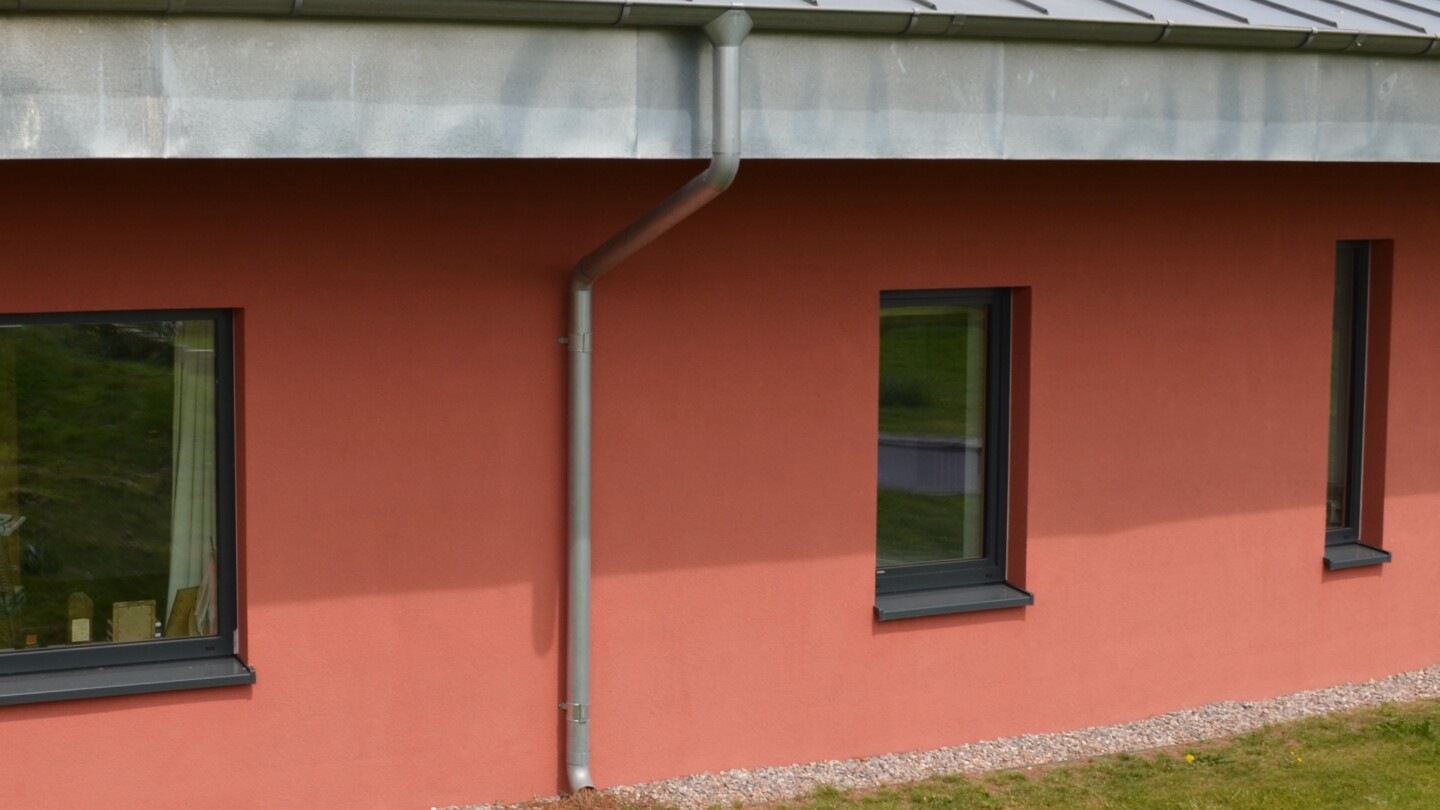SPECIFICATION GENERATOR
Find out which low impact materials are right for your building project.
External Wall Insulation on masonry– How to Detail Window & Door Reveals for Rendering
Here, using some simple 3d models, we look at how to correctly detail our external wall insulation systems around window openings (which also applies to door openings) so that you can be sure you will not get wind-driven rain penetrating and causing issues or damage.

To correctly seal around an existing window you’ll need the following materials:-
Ampacoll SillSkin Self adhesive sill DPC
Ampacoll Primax primer
Ampacoll Komprimax Joint Sealing Tape
Ampacoll Fenax 40/60 window sealing tape
20mm Wood fibre reveal boards
Baumit StarContact White contact mortar for glueing the reveal board
In terms of installing the products, these are the steps to follow:-
Step 1
In this model we show how the wood fibre boards are finished flush with the edges of the reveal, a strip of reveal board is added to any bare masonry on the sill and the Ampacoll SillSkin seal is applied to the sill to seal it. The SillSkin provides a waterproof barrier in case of any leakage around the sill and prevents water ingress into the masonry wall and the wood fibre insulation.
The surface should be cleaned of dust and loose material and should fall towards the exterior, away from the window. If this is not the case, the surface can be corrected by using a thin layer of the base coat render. Again, using the base coat render, ‘glue’ in a strip of the 20mm reveal board to insulate the sill area. Be aware that this may involve cutting out and replacing a small amount of the masonry to achieve this.
Cut the SillSkin so that it extends 50mm up each side of the reveal, 50mm down the front of the wood fibre boards and 50mm out either side of the opening.
Once ready, apply a coat of primer to all the surfaces that will be covered by the SillSkin and leave to dry. Once dry, remove the 50mm section of the backing paper on the SillSkin and stick to the edge of the window. Be careful – it sticks immediately and doesn’t let go!
Once this has been installed, remove the rest of the backing paper and, starting from the middle, stick the SillSkin down to the sill, stretching it out around the corners to ensure a continuous seal.
Step 2
The window sill is installed against the surface of the existing window, along with the vital end caps. Make sure the seal (between the sill and window frame) against the window is sufficient and that the sill falls away from the window. The Ampacoll Komprimax joint sealing tape is applied to the surface of the window and the sill to ensure that when the reveal boards are installed, the edges seal against the surface of the window.
Whilst there is a sealing bead laid into the render layer, the Komprimax is an additional layer of security against water penetration around the perimeter of the window, into the wall and wood fibre boards.
Step 3
The 20mm wood fibre reveal boards are glued in place using the proprietary wood fibre glue. These should be cut so they fit firmly against the Ampacoll Komprimax foam tape, keeping it compressed, so that a good seal is formed. The board at the head of the window should be applied first, followed by the two sides so that the sides hold the top board in place. This can be held in place until the glue dries with some timber supports.
Any Ampacoll SillSkin tape that remains visible should be covered with a layer of Ampacoll Fenax tape to ensure that the render bonds to the surface correctly. The SillSkin is not directly renderable.
Once the above is completed, the system is ready to receive the render.
Video Guide
For a video guide on how to detail the beads around the windows, please see the video below.
